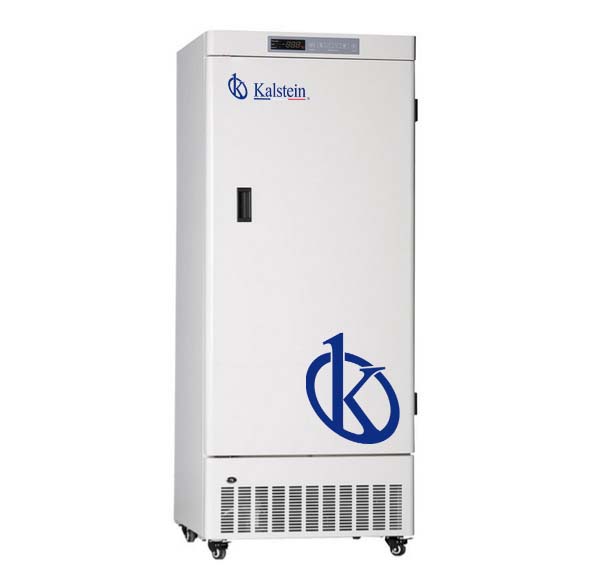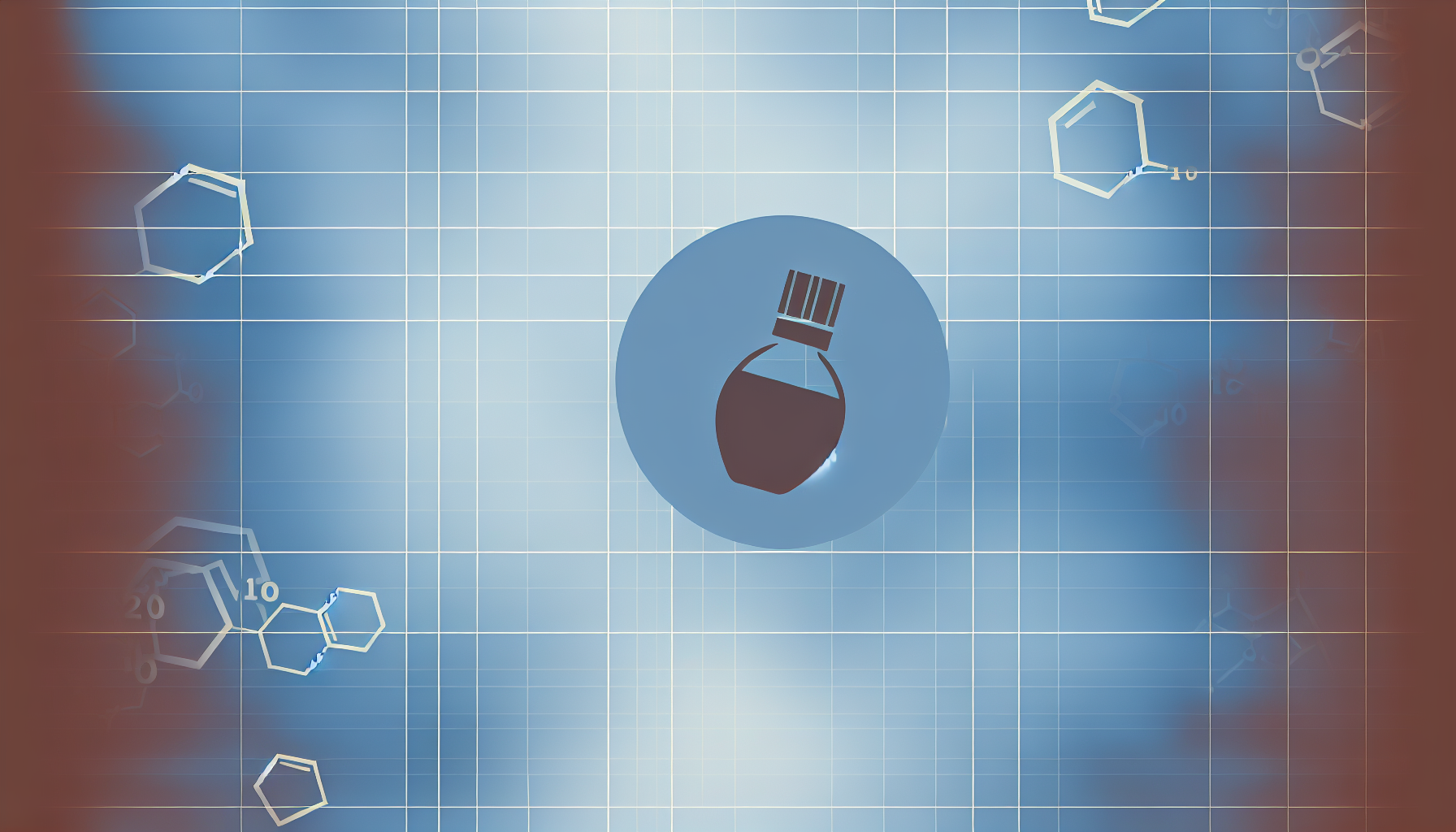Refrigerators and freezers are valuable laboratory equipment when it comes to preserving and protecting scientific or medical material. Having the right refrigerator or freezer is extremely important when thinking about sample storage. If the temperature fluctuates, the risk of damaging vaccines, for example, is very high.
Refrigerators and freezers are used in the study of tissues, plasma and blood products, vaccines and other medical products and pharmaceutical supplies. Unlike those used for domestic purposes (for example, in the home or restaurant), freezers and refrigerators should be reliable and hygienic. Laboratory refrigerators and freezers have separate compartments that isolate samples to prevent cross-contamination.
Types of refrigerators
Laboratory refrigerators operate from 2°C to 10°C, and the temperature can be displayed and selected with a sophisticated LED or knob, depending on the model. There are four basic types of refrigerators:
– Explosion-proof refrigerators: can store flammable liquids. This equipment has been designed to avoid combustion in the storage area.
– Basic laboratory refrigerators: can maintain temperatures and control it on digital screens. They are used for cooling samples and for storage and are general purpose equipment.
– Blood bank coolers. Preserving blood and/or blood components is a delicate matter. It is important to have the correct temperature, measurements, structure, cooling system and control system. That’s why this type of refrigerator is important. The blood bank refrigerator also has different compartments for storing different types of samples.
– Chromatography refrigerators: are designed for a variety of applications and research experiments. They are the ideal refrigerators for laboratories where exact samples and medical procedures are required. They also have full access to chromatographic instrumentation
Freezers
There are three basic types of laboratory freezers:
– Freezer for general use: with preset temperatures between -20 and -30°C.
– Low temperature freezer: with preset temperatures between -30 and -45°C.
– Ultra-freezing: with preset temperatures between -45 and -86°C.
How to choose the right freezer or refrigerator
– Vertical position. They have the advantage of having better visualization. Freezers and refrigerators have more storage than horizontal and larger models have additional storage at the door. There are compact models, to be placed under the counter, and they are ideal for storing materials that the user often needs to have at hand. The disadvantage of the horizontal model lies in temperature. When the door is opened, the temperature rises and it is difficult to maintain and recover. Temperature may fluctuate and may affect samples.
– Horizontal position: the disadvantage of this type of freezer is the difficulty to organize them, for example, if the user needs something that is below, he has to move other items that are at the top. However, this type of freezer is able to store larger material and temperature control is much easier.
Combination freezer and refrigerator. Although they have separate doors, the advantage of these models is that they use the space of a unit that has both functions. These are especially for laboratories with little space.
Size: there are models with different depth, width and height. It all depends on the available space and the capacity that the user needs.
Temperature control. Some samples need precise temperature requirements, so researchers should consider this detail when choosing the right freezer or refrigerator.
External alarm: To prevent a possible failure, it is important that the equipment has an external alarm to alert the malfunction or temperature variations that may affect the samples.
Thawing: there are two types of thawing: manual and automatic.
– Manual thawing: in this case, when it is necessary to thaw it is necessary to place the samples from the freezer in another space to maintain the temperature, while the thawing process lasts.
– Automatic defrosting: this system is very useful because it changes the temperature of the freezer to release ice on the walls, however, the materials in the freezer may be at risk. This type of thawing system, it is advisable to keep the samples in place, but it requires more energy than manual thawing.
Visibility of the material: there are cooling models with glass doors that allow for greater ease and locate what is inside.
Anecdotes: Freon gas R22 (CH-CI-F2) is a refrigerant that has been used in refrigeration systems and is considered CFC, so its use has been restricted since 1987 to preserve the ozone layer.
Frequently Asked Questions
To save energy, there are some practical tips to follow:
– Keep the refrigerator or freezer away from heat sources.
– Allow air to circulate inside the refrigerator, especially on the back of the equipment.
– Keep the door seal and coils behind the refrigerator free of dust and dirt.
– Label items to quickly locate them and avoid temperature fluctuations.
Why are temperature sensors important?
In some areas, such as medical and pharmaceutical, it is important to document the temperature for validation and that is why it is necessary to have a data registration sensor to collect data for any study in the area.
Kalstein products offer a wide range of storage options in terms of refrigerators and freezers. You can find different types of cooling systems in our catalog HERE




